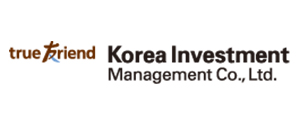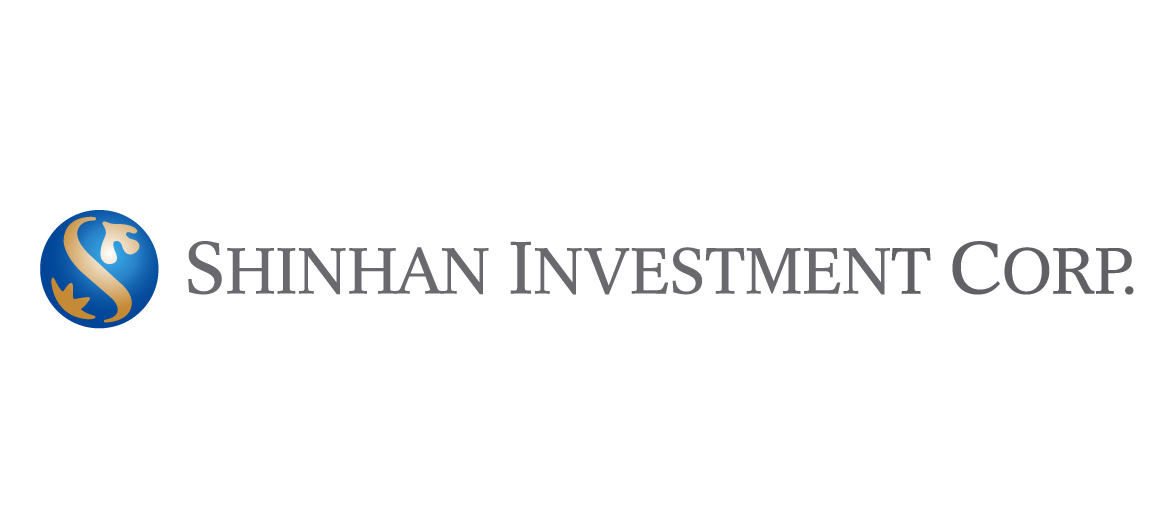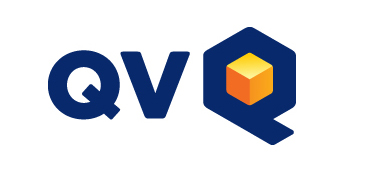Today's listings, continued…
USA
Oppenheimer lists a lot of smart beta products
Like JP Morgan, New York-based Oppenheimer is also joining the smart beta race, and rush-listing a suite of smart beta ETFs that also (interestingly) track Russell indexes. They are:
Oppenheimer Russell 1000 Dynamic Multifactor ETF: OMFL
Oppenheimer Russell 2000 Dynamic Multifactor ETF: OMFS
Oppenheimer Russell 1000 Momentum Factor ETF: OMOM
Oppenheimer Russell 1000 Quality Factor ETF: OQAL
Oppenheimer Russell 1000 Size Factor ETF: OSIZ
Oppenheimer Russell 1000 Value Factor ETF: OVLU
Oppenheimer Russell 1000 Low Volatility Factor ETF: OVOL
Oppenheimer Russell 1000 Yield Factor ETF: OYLD
OMFL
and
OMFS
use five factors to screen the Russell 1000 (large cap) and Russell 2000 (small cap) respectively. Which factors are used and in what degree will vary according to market conditions, the prospectus says. The index identifies four different market conditions: expansion, slowdown, contraction and recovery - although it does not specify how they are measured.
With these market conditions in view, OMFL and OMFS then screen their parent indexes for the following factors:
Value, as measured by cash flow, earnings, and sales to price ratio and calculated based on companies' total market cap.
Momentum, measured by total return the past year.
Quality, based on "an equally-weighted composite of return on assets, change in asset turnover, accruals, and leverage," the prospectus says.
Low Volatility, based on the standard deviation of weekly total returns of companies share prices the past five years.
Size, which is measured by market cap.
Companies are then ranked based on how well they score on each factor relative to other companies in the index. Weighting is then determined by factor score in light of the market conditions mentioned above. How weightings are determined in light of market conditions is - like the market conditions themselves - not mentioned. The prospectus only says that its "algorithmically-determined".
The remaining six ETFs JP Morgan is listing use the same methodology and parent index as OMFL, only they target one specific factor each rather than all at once. Thus OMOM, like OMFL, tracks the Russell 1000 and uses the same methodology to gauge momentum - but doesn't use any of the other factors.
The two exceptions to this are OSIZ, which picks companies from the Russell 1000 based on whether they exhibit characteristics most like small cap companies. And OYLD, which picks companies based on "12-month trailing dividend yield as of the last business day of the prior month," the prospectus says.
Principal lists complex multifactor ETF on NASDAQ
Boston-based issuer Principal is listing a new multi-factor ETF on Nasdaq, the Principal International Multi-Factor Index ETF (PXUS).
PXUS will use a complex and multi-layered model to screen companies in the Nasdaq Developed Market Ex-US Ex-Korea Large Mid Cap Index. (Why Korea is excluded as well as the US I am not quite sure).
In order to ensure liquidity, companies in the lowest 10% by three-month average daily trading volume are excluded from selection.
Companies are then chosen based on three factors: value, growth and momentum. Companies that are more liquid and less volatile are given more weight, the prospectus says, although volatility is not quite considered a forth factor.
Value is measured through "shareholder yield", which ranks securities based on the total shareholder gains from the return of free cash flow, dividends, stock repurchases, and debt reduction.
Growth is measured based on pricing power, "which is the extent to which a company can raise the prices of its products without reducing the demand for them," the prospectus says.
Momentum is measured by companies' recent performance relative to their peers.
Companies that rank in the top 20% are included in the Index. Each company's weight is capped at 1.5%.
Europe
Lyxor lists feminist diversity ETF
Lyxor is listing a fund in France that ranks and tracks companies based on their commitment to gender diversity, the Lyxor Global Gender Equality (DR) UCITS ETF (ELLE).
ELLE - with a great ticker - will track an index put together by German finance data firm Solactive and Dutch gender equality lobby Equileap.
The index ranks large cap companies according to their commitment to gender diversity. Such commitment is gauged through workplace policies like family leave, flexible hours, gender diversity of companies' staff and pay disparity.
Asia
Korea
Conventional wisdom and nationalist stereotypes tell us that Koreans love derivatives and leveraged products because they love to take a punt on spot prices.
And this week's Korean listings confirm to the stereotype. Four Korean issuers are listing ETPs this week, all of which are leveraged.
KIM lists S&P ETNs with true leverage
Korea Investment Management is listing two ETNs. They are:
Korea Investment & Securities TRUE leverage S&P500 futures ETN H 22 (570022)
Korea Investment & Securities TRUE Inverse 2X S&P500 futures ETN H 23 (570023)
As the products' names suggest, both track the S&P with leverage going both ways.
Nonghyup Bank lists the same two products
Korean banking major Nonghyup bank (which lists ETFs under the name NH QV) is also listing leveraged ETNs that are curiously similar to those listed by KIM. They are:
NH QV -2X S&P500 ETN 45 (550045)
NH QV 2X S&P500 ETN 44 (550044)
As far as I can discern, these products that are listed at the same time also do the same thing.
Samsung lists inverse gas trackers
Inverse and leveraged natural gas ETNs have been some of the best and worst performing products this year. And so Samsung, like other Korean issuers, has listed a 2x leveraged and inverse natural gas tracker. They are:
Samsung Securities Samsung Inverse 2X Natural GAS Futures ETN 38 (530038)
Samsung Securities Samsung Leverage Natural GAS Futures ETN 37 (530037)
As is common among Korean ETF issuers, both achieve their commodities exposure through Dow Jones indices.
Shinhan Investment does the same thing…
In another curious mirror image, Shinhan has listed the exact same ETNs as Samsung tracking the same Dow Jones indexes in the same way. They are:
Shinhan Investment Shinhan Inverse 2X Natural Gas Futures ETN(H) 32 (500032)
Shinhan Investment Shinhan Leverage Natural Gas Futures ETN(H) 31 (500031)
As with the S&P ETNs mentioned above, these similar products have been listed at the same time. Maybe it's a coincidence.








